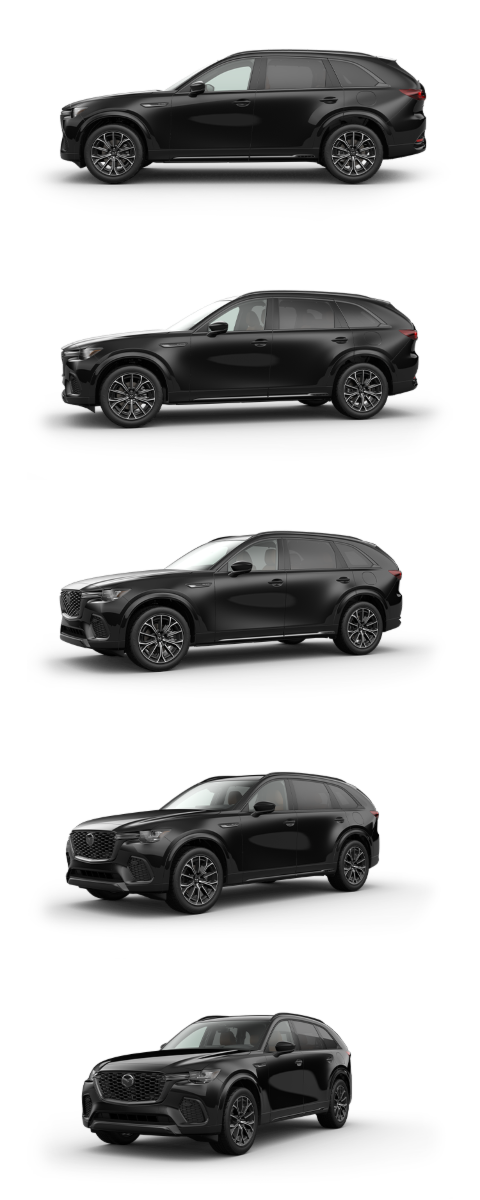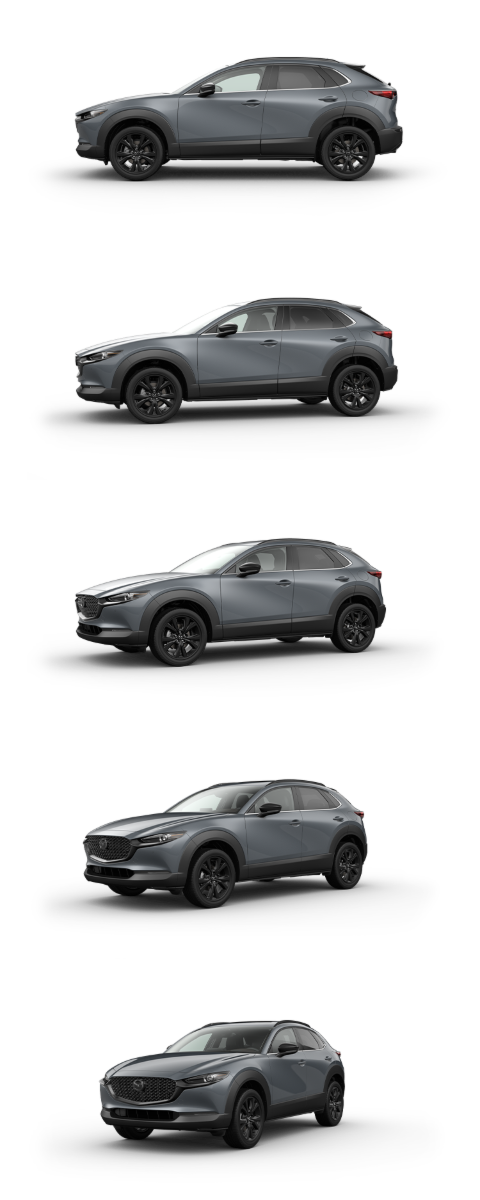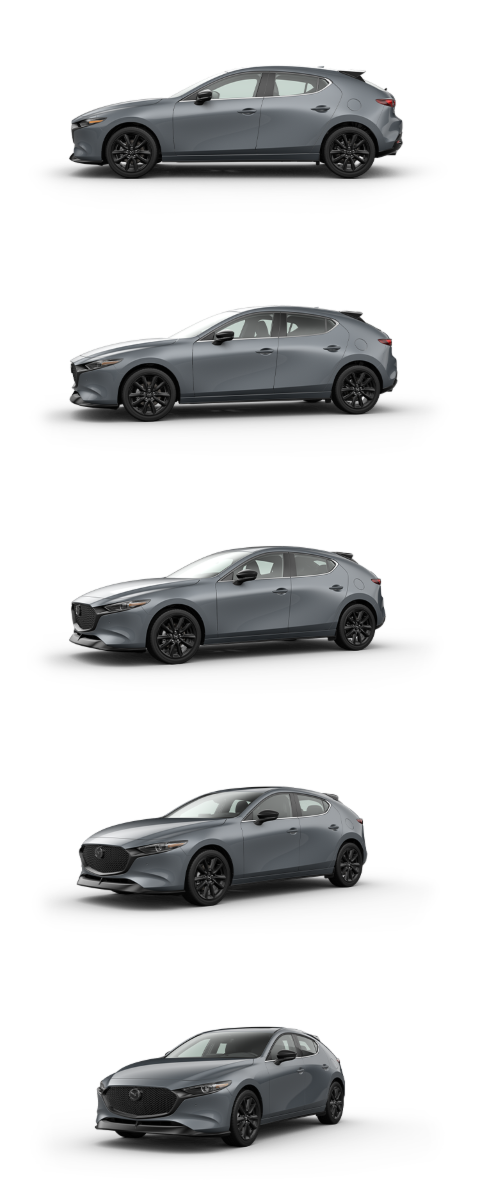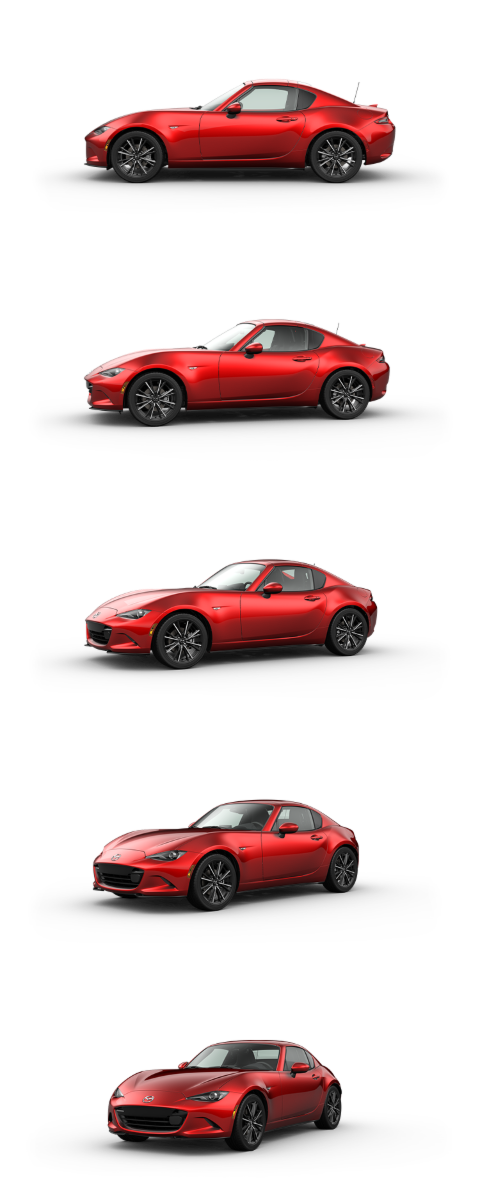As a breed, the lightweight sports car has been around for decades, but Mazda gave it a new lease on life in the early ‘80s. For Mazda, there were ground rules for developing a lightweight sports car: it had to have an open body with a tight cockpit space, perfect weight distribution, a double wishbone suspension, and it had to fit the driver like a glove. This is the story that began with a chance comment from an automotive journalist of the Mazda MX-5 Miata.
PRELUDE
In the late ‘70s, Bob Hall embarked on a new career as an automotive journalist at Motor Trend. As a teenager, he spent a lot of time in Japan, giving him the opportunity to learn and speak Japanese. His understanding and command of the language enabled him to also act as the Los Angeles correspondent for Motor Fan, a Japanese automotive magazine. For his whole life, Hall was surrounded by interesting cars. His father was a ''car guy'' of the highest order, running European machines, including MG, Triumph, Austin-Healey and Alfa Romeo – the purest forms of the light and simple open-top sports car. But the era Hall found himself in as a young writer was killing off these types of vehicles, with emissions and safety concerns dominating the headlines.
The Japanese were quick to react to these changing times, fielding reliable and economical machines that Americans welcomed with open arms. Hall witnessed the shift firsthand and came to admire the way Mazda persisted with developing sport models powered by the rotary engine. He couldn’t help but think how nice it would be to have a car that would blend Japanese technology and reliability with the fun experience that the British sports cars provided.
CHALKBOARD MEETING
In April 1979, Hall had the opportunity to visit the Mazda headquarters in Hiroshima. He was able to tell Kenichi Yamamoto, then head of Mazda Research and Development, about his dream automobile, sketching a drawing on a chalkboard and adding notes as he went along, explaining how easy it would be to create a convertible using components from the then-current Familia (also known as the 323 or GLC), which had a front-engine, rear-wheel drive layout.
Following the meeting, Hall had dinner with Yamamoto, but there was no mention of the lightweight sports car. He didn’t give up, though, and suggested Yamamoto should try driving a Triumph Spitfire one day. Eventually, the Japanese engineer drove the Spitfire on the picturesque roads around Hakone. The rest, as they say, is history...
EARLY DEVELOPMENT: THE OGG PROJECT
The true birth of the MX-5 Miata project came about via the so-called OGG program. The main Mazda vehicles in Japan in the pre-roadster days were the Familia (323), Capella (626), Luce (929), RX-7 and Bongo minivan. These were classified as "On-Line" machines, but it was soon after that additional models were needed to increase market share and penetrate other market areas.
Fresh, attractive products with a distinctive character were a must, naturally, and the OGG project would be used to channel new ideas through to a prototype stage. OGG stood for "Off- Line Go-Go", with the off-line part signifying an experimental element, and the latter part expressing the Japanese number 55. This number is significant because any projects raised in this new program had to have a minimum 55 percent chance of success as a production model to be progressed. It was a sensible way of allowing creativity while keeping things realistic.
Beginning in November 1983, the Mazda R&D team drew up, highlighting the need for a small 660cc model, a utility van, and possibly a lightweight sports car to slot in beneath the RX-7. As a result, the Carol kei car was born, along with the highly-successful Mazda MPV, and an open car that would take the world by storm – the MX-5 Miata.
![]()
![]()
PROGRESS
As Mazda began to conceptualize what a lightweight sports car could look like, the two Mazda regional R&D centers engaged in a “battle of the design centers.” Each center would work on their own version of a lightweight sports car and present them to a wider group in Hiroshima. The front-wheel drive and mid-engine coupe concepts were tackled by the Mazda Tokyo studio, while the rear-wheel drive convertible concept was handled by the R&D team in the United States. The full-scale models went through two rounds of judging in 1984 and ultimately led to the win of the U.S.-based R&D team’s concept.
![]()
SANTA BARBARA ADVENTURE
With the convertible idea approved, the concept was set in stone, calling for a front-engine, rear-wheel drive sports car that was steeped in lightweight sports car tradition, while employing the very latest technology. But there was a problem. Mazda was so tied up with other work, there simply wasn’t the staff available to move the open two-seater project forward. As a result, the company approached International Automotive Design (IAD), an engineering company based in England, to make a running prototype of the proposal. With design and modeling staff from America on hand to supervise the styling, IAD did the chassis work based around the first-generation RX-7, while motive power and the drivetrain came from a rear-wheel drive Familia (323).
The prototype, which featured red paintwork and a black soft top, was finished in September 1985 and quickly shipped to America. The U.S. R&D staff decided to test the vehicle in Santa Barbara, California, taking extra precaution not to reveal the car’s identity. The reaction was encouraging, with people asking questions and admiring the look of the car during the day. It was a good sign, and a perfect foundation on which to create two more clay models that pointed the way towards the final design.
![]()
MASS-PRODUCTION DEVELOPMENT
With Kenichi Yamamoto declaring “this car has an aura of culture,” Toshihiko Hirai was appointed the Project Program Manager in February 1986, tasked with bridging the huge gap between ideas seen in the prototype and the harsh realities involved in making them ready for mass production. Hirai, a passionate engineer, was the perfect man for this difficult undertaking. His involvement was a giant step forward in making the MX-5 Miata a reality.
Though most of the engineers were involved with other pressing projects across the Mazda vehicle range, Hirai was able to build a team that he could challenge to step outside their comfort zone of traditional skill sets.
Hirai’s biggest rule for the team was to never compromise. Hirai developed the Mazda Jinba Ittai philosophy of the horse and rider as one, and he called upon his team to develop a lightweight sports car with the most engaging driving dynamics. Hirai and his team insisted that the car be lightweight, with a balanced weight distribution over the front and rear axles, have a low center of gravity, an engine placed as far back as possible, a double wishbone suspension, and an easy-to-use soft top. These features would ultimately be carried through from one MX-5 Miata generation to the next, staying faithful to Hirai’s promise.
![]()
While Hirai and his team worked out the driving dynamics of the vehicle, the styling team in Hiroshima created the designs submitted by R&D in America, adding elements of traditional Japanese culture and beauty into the equation, propelling the car closer to mass production.
A near-final production prototype was sent to Los Angeles in the spring of 1987 to participate in a public clinic to gauge reaction and solidify pricing and packaging options. A total of 245 people attended and gave the car’s concept and design high marks. The high praise and instant obsession with the vehicle were enough to silence any remaining doubts at the Mazda headquarters, and indeed, fast-tracked the proposed production schedule. To ensure this was possible, a "design freeze" was declared in September 1987 and the vehicle moved into its final stages and into production—forever changing the automotive landscape.
























